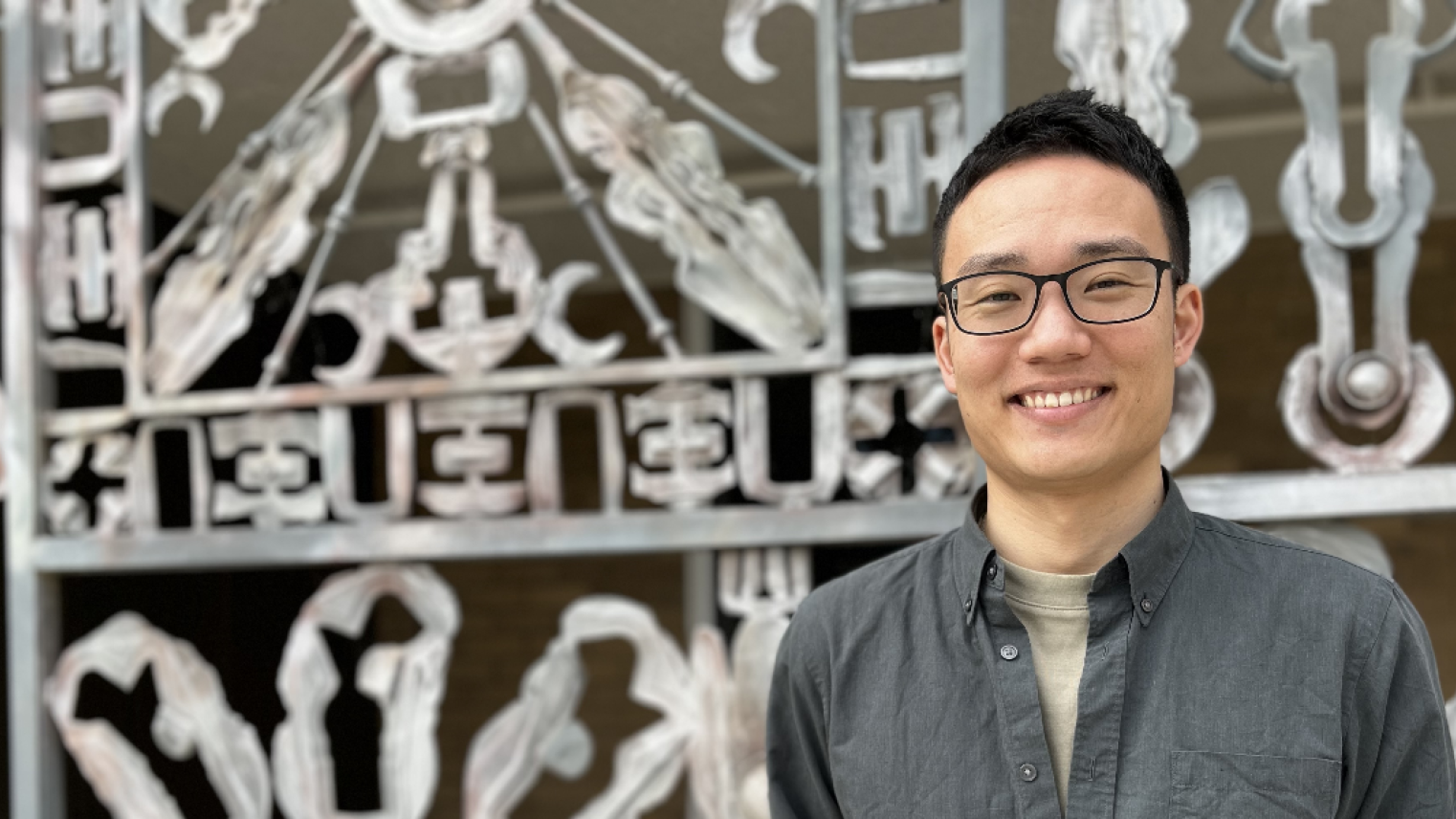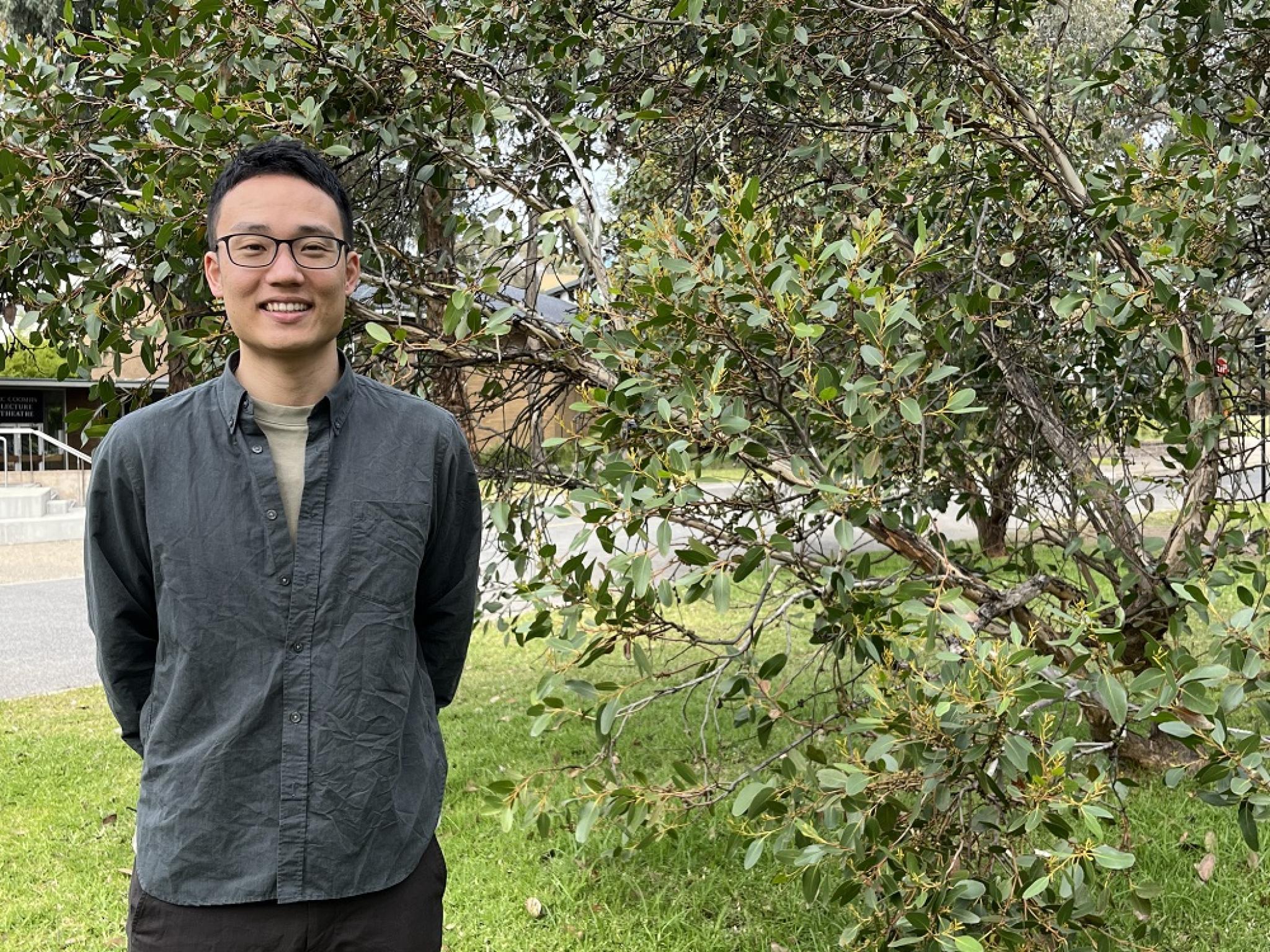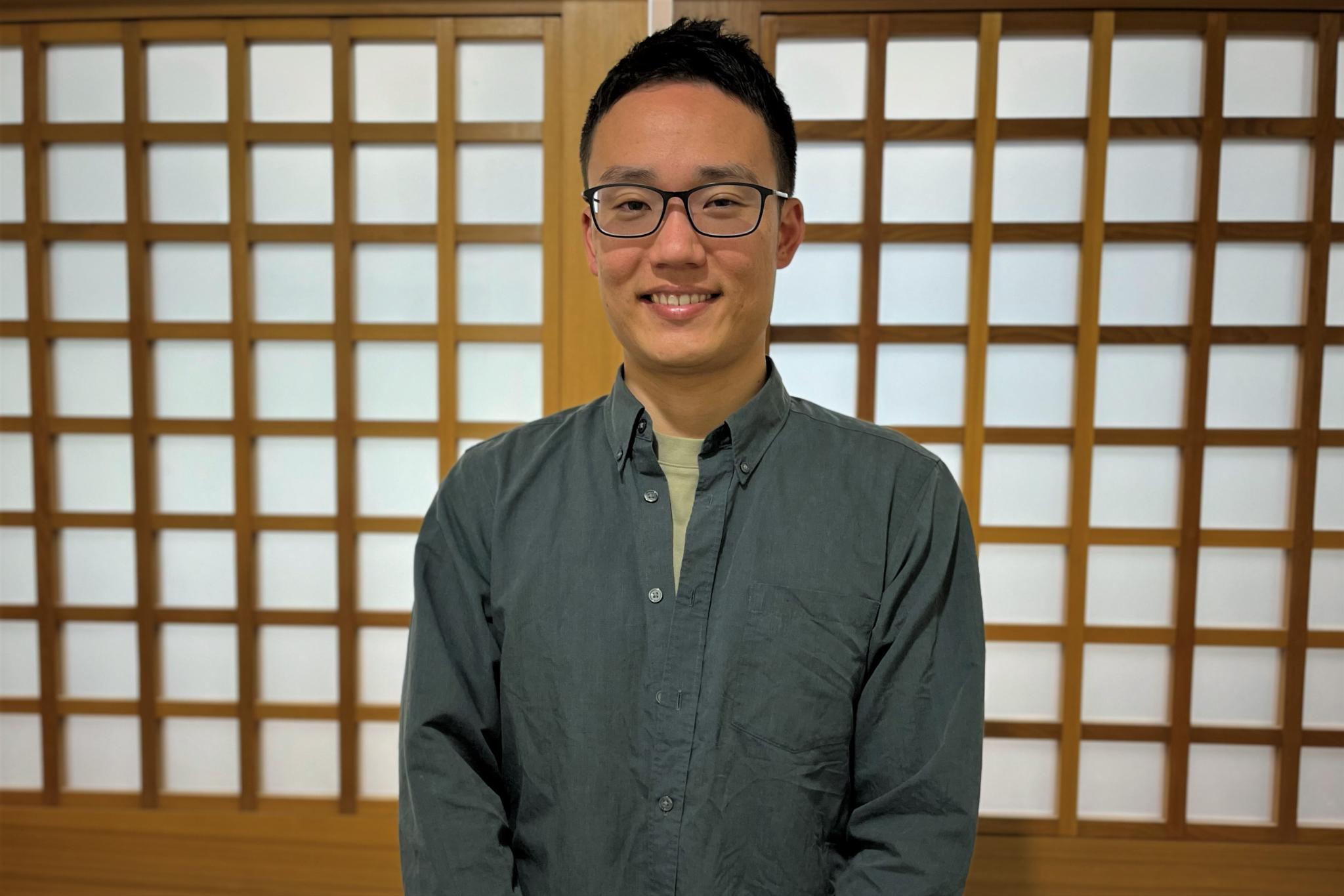If you were a new student waiting for your teacher to enter the classroom, you could very easily miss the entry of Takuya—you’d simply mistake him for another student.
According to him, he is often asked to go through an ID check! He’s cool, casual, dresses like an uber-cool student, and he loves to play baseball. However, don’t go by the looks…Takuya Kojima Sensei comes with a host of Japanese-language experience. We caught up with him recently to get to know him better and understand his vision for the Japanese language program at ANU.
Welcome to CHL! Tell us about yourself – your beginnings and your journey to ANU. What inspired you to get into teaching?
I was born and raised in Nagoya, a city located in the heart of Japan. Like any other city in the world, Nagoya offers its own unique charm. One aspect I particularly want visitors to experience is its distinctive food culture, featuring dishes like Miso-Nikomi Udon, Hitsumabushi, and Doteni. They all look so dark but incredibly tasty.
You may see how Miso-Nikomi Udon looks like via the link here.
During my time at a Doshisha University in Kyoto, a very traditional Japanese but international city, I developed a growing interest in languages, cultures, and histories beyond Japan. This led me to embark on solo trips abroad for both leisure and educational purposes. It was during my exchange year at UNSW Sydney that I encountered Japanese language education for the first time. I was pleasantly surprised to discover people who were actively learning Japanese.
As a teaching assistant, students often approached me with questions about Japanese language and culture, but I found myself unable to provide satisfactory answers. This realization made me acutely aware of my own limited knowledge about Japan, which motivated me to seek a deeper understanding.
During that time, I became fascinated with the reasons behind why and how people learn Japanese, especially as someone who was born and raised in Japan. These interests ultimately shaped my academic pursuits, focusing on Japanese learning, the identity of Japanese learners, Japanese teaching, dialects in Japan, media in Japan, intercultural communication in Japan, and linguistic landscape in Japan, to name a few.
As I approached the completion of my PhD at UNSW Sydney, focusing on Japanese as a foreign language pedagogy, I developed a strong desire to experience the world outside Australia. Consequently, I chose Venice, Italy as my next destination. During my time there, I explored every single street of Venice when not engaging in research and teaching. The city immersed me in art that I struggle to describe in words, yet its beauty resonated deeply within me. As a result, integrating art and creativity—often found in artworks—into Japanese language education has become a significant focus of my academic interests. I intend to delve into this area alongside my colleagues and students at CHL.


